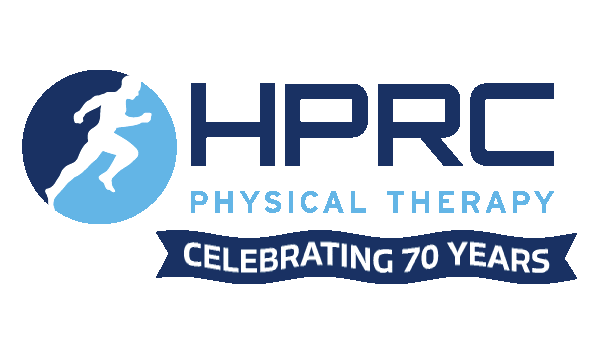The 2016 Summer Olympics in Rio made folks aware of a couple of different physical therapy techniques popular among elite athletes. Remember the round bruises around the shoulders of five-time Olympian Michael Phelps? Those were from a process called “cupping.” And beach volleyball guru Kerri Walsh Jennings routinely competed with a pattern of tape on her shoulder. Not just for elite athletes, cupping and kinesio-taping are effective strategies for everyday PT patients experiencing a range of issues. Here’s what you need to know.
This is an aggressive manual therapy technique meant to enhance range of motion and optimize muscle function. A physical therapist places a special plastic suction cup on the surface of the skin to effectively pull skin and fascial tissue away from the muscle. This releases adhesions that may have formed from a collagen fiber build-up. Over years of use and stress, a patient can develop scar tissue and adhesions within the muscle that limit range of motion, making the muscle feel tight and sometimes causing pain.
Cups come in different sizes for use on different areas of the body. A therapist will identify the proper placement of the cup by examining the skin for tautness and testing the muscle’s range of motion. While the process leaves a circular bruise, it actually invites more blood flow to the area and helps trigger healing. Avoid any kind of cupping that also includes skin laceration techniques because this can introduce infection. Cupping should not be used on patients with blood clots or those taking blood thinners.
The kind of tape you’ve seen on elite athletes is different from the common tape or bandage that holds a sprained ankle in place. Instead, this is a special type of stretchy tape meant to promote muscle function and guide the muscle into proper movement. A physical therapist places the tape in a deliberate pattern. As it guides the joint through motion, it sparks kinesthetic and proprioceptive feedback. In other words, it’s coaxing better function out of a muscle or joint because it’s showing it how to move correctly. This provides stability and helps prevent injury or re-injury. It also helps teach the muscles to contract properly.
Because they both show good results, cupping and taping are becoming popular therapy techniques for treating everyday patients.



